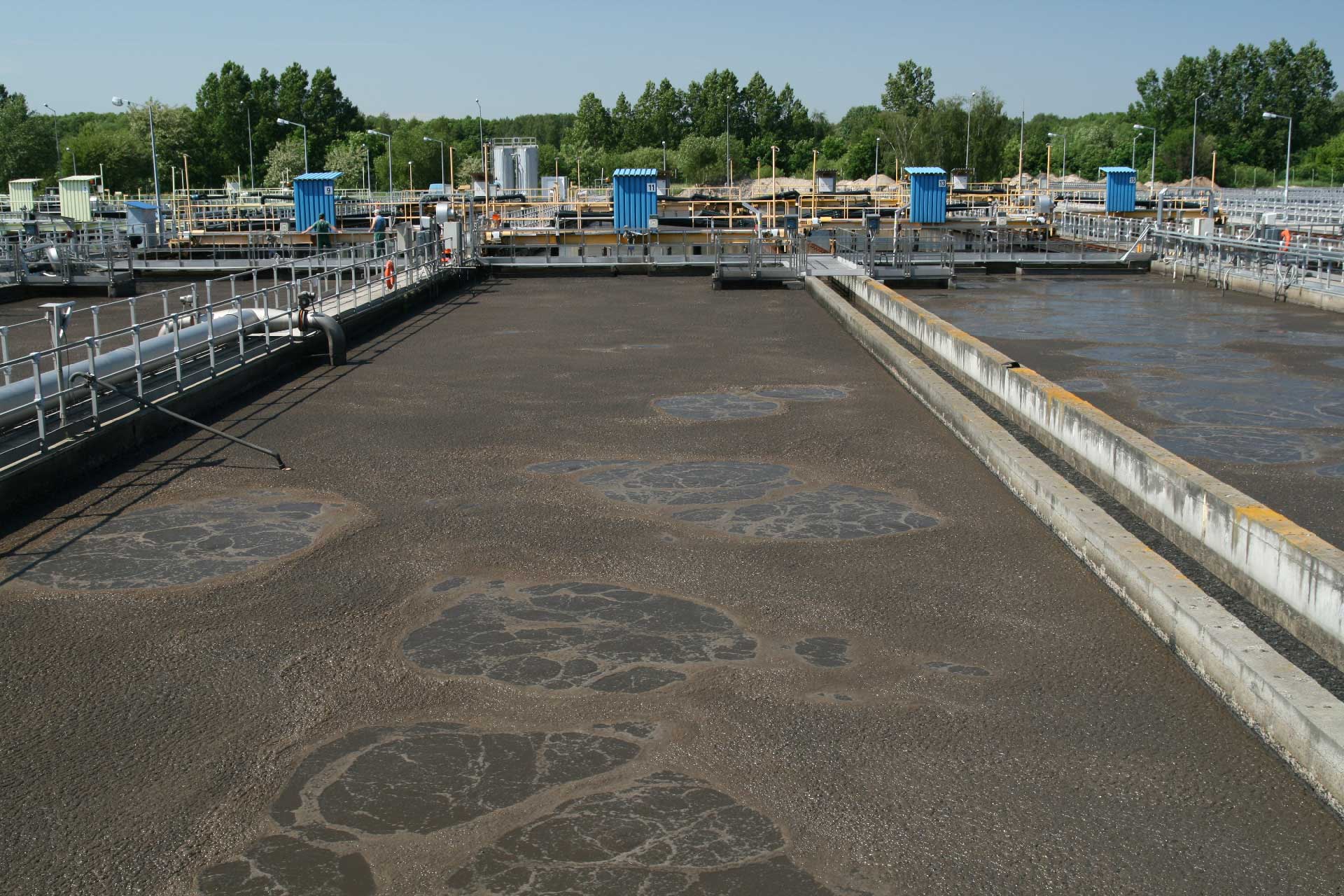Raw Material Substitution
IN BRIEF
- 60% of the industry’s emissions are ‘process emissions’ caused by decarbonation of limestone during the production process.
- Limestone needed to make clinker can be partially substituted by a range of alternative calcium containing materials, including waste and industrial by-products, which are already increasingly being used.
- Many of the alternative materials are ashes provided by the combustion of alternative fuels.
- Further research into the use of alternative raw materials and ensuring access to these materials should be supported.

The main raw material used in cement production has traditionally been limestone. Limestone is abundantly available, but over 60% of the industry’s CO2 emissions are caused by transformation of limestone into lime, called “decarbonation”. Accordingly, part of the route towards a low carbon concrete-built environment can involve limestone substitution.
The cement industry already replaces some of its raw natural resources with waste and by-products from other industrial processes. Selected waste and by-products containing useful elements such as calcium, silica, alumina and iron can be used as raw materials in the kiln, replacing natural substances like clay, shale and limestone.
Some waste materials have both a useful mineral content and recoverable calorific value. For example, sewage sludge has a low but significant calorific value, and yields ash that becomes a raw material used to make clinker.
In recent years, about 3-4% of raw materials used in the production of clinker in Europe consisted of alternative raw materials and ashes from fuel, totalling about 14.5 million tonnes per year. The use of alternative raw materials offers numerous benefits, including a reduced need for quarrying and lower CO2 emissions if the alternative materials have already been decarbonated.
In terms of volume, construction and demolition waste represents the largest single group of all waste types in Europe, and a substantial part of this waste is concrete. Cement production may be able to provide a solution by reintegrating crushed, or otherwise treated, concrete as a substitute for limestone. Ashes from lignite or coal, blastfurnace slag, concrete crusher sand, aerated concrete meal and fractions from demolition waste have already been decarbonated and could be used as an alternative to ‘virgin’ limestone thus avoiding CO2 emissions during its transformation to lime in the production process.
CHALLENGES
The potential for waste product use is influenced by the raw materials available near the cement plant, which can vary significantly from site to site. High concentrations of silica, alumina, magnesium or sulphur can hinder large-scale use of alternative decarbonated raw materials, and the presence of volatile organic compounds (VOCs), trace elements content or variable compositions may cause further restrictions in some cases.
Moreover, the availability of such decarbonated raw materials can be limited. Further preparation steps, as is the case of concrete crusher sand, may improve the quality of the material, but will also increase costs. Providing sufficient storage capacity for alternative raw materials to ensure continuous operation additionally will require substantial investments.
POLICY RECOMMENDATIONS
- Design and implement policies that reward the use of alternative materials to replace natural materials.
- Implement a waste policy that recognises and rewards the benefits of co-processing and industrial symbiosis.
- Implement waste legislation aimed at avoiding landfilling of waste that contains recoverable resources such as a useful mineral content and / or a thermal calorific value.
- Adopt policies that reward the use of local sources and widely available materials.
- Draft policies that reward use of waste based on the best available way taking into account the entire cycle assessment.
- Design R&D policies aimed at fostering the recovery of minerals from waste for co-processing.
Despite all efforts, cement will remain a product based on natural components and will continue to use natural resources to a certain extent. Therefore, there is a need to ensure the implementation of a community-wide harmonised process for the permitting of new quarries.
